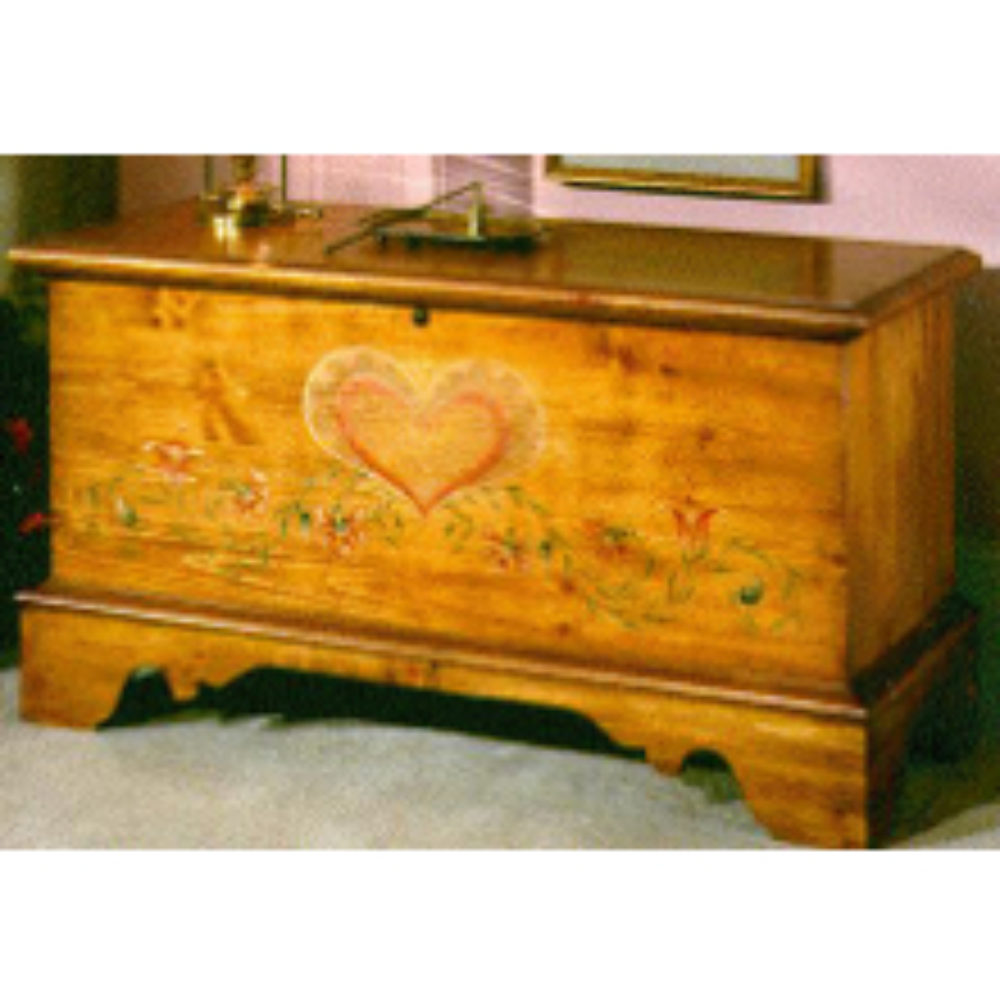CPSC Issues Warning About Storage, Toy Chest Safety After 34 Deaths

Federal safety officials are warning consumers about the serious safety risks associated with children playing around storage or toy chests, indicating that at least 34 deaths since 1996 may have been caused by children being trapped in chests.
On March 5, the U.S. Consumer Product Safety Commission (CPSC) issued a warning about the dangers of storage chests, cedar chests, hope chests and toy chests.
Many popular designs sold in the past latch automatically upon closing, which may cause children to become trapped inside. The chests are often airtight, and dozens of children have suffocated inside without any way to free themselves.

Did You Know?
Millions of Philips CPAP Machines Recalled
Philips DreamStation, CPAP and BiPAP machines sold in recent years may pose a risk of cancer, lung damage and other injuries.
Learn MoreAnother problem with chests is that the heavy wooden lids can fall suddenly, entrapping the head or neck and strangling or fatally injuring children playing around them.
In many cases, chests are passed down from generation to generation, resulting in a large number of homes containing chests that may pose a danger that parents may not realize.
Storage Chest Problems
The warning comes after two children, a brother and sister from Franklin, Massachusetts, became trapped inside a 75-year-old Lane cedar chest and suffocated to death. The chest was recalled in 1996.
The deaths of 8-year-old Lexi Munroe and 7-year-old Sean Munroe have renewed attention to the fact that in many cases, products that were recalled years ago for being dangerous are still in circulation. The 1996 recall of 12 million Lane cedar chests was issued due to child entrapment and suffocations risks, but the CPSC has no idea how many remain in circulation to this day.
This year was the third time the recall was announced. The second came after another death in 2000, involving another Lane cedar chest that was missed by the recall announcement.
Kids in Danger, a nonprofit organization focused on child-safe products, estimates that only about 30% of all items that are recalled are actually removed from consumers’ homes. That means that as many as 8.4 million of the Lane cedar chests are likely still in consumers’ homes. The organization seeks to get more manufacturers to get it right the first time, instead of relying on recalls to detect faulty products when it is often too late.
Experts say that in many cases, most consumers are completely unaware of recalls involving products in their homes, even when those recalls are massive and repeated several times. Some product safety advocates have pushed for more proactive notification systems that require manufacturers to contact known purchasers of products that have been recalled. This practice is often used in the automotive industry.
The CPSC warns that the types of chests affected by the warning includes toy chests, cedar chests, cedar trunks, cedar boxes, hope chests, blanket chests, storage benches, and storage trunks.
“These chests may be located in living areas or bedrooms and used daily, or stored in attics, basements or garages,” the commission warns. “They often are passed down as family heirlooms or found in resale stores.”
The CPSC is working with Goodwill, the Salvation Army, and the National Association of Retail Thrift Shops to educate resale store managers not to accept or sell chests that have been recalled or that could put children at risk. The commission also warns consumers not to buy or sell recalled chests that have not been repaired.
If consumers have a Lane or Virginia Maid brand cedar chest made between 1912 and 1987, they should remove the latch and contact Lane for free replacement hardware. Chests with automatic latches or locks should have them disabled or removed, and consumers should check with the manufacturer to see if it is offering replacement parts.
The CPSC also recommends replacing the lid’s support for chests that have lids that do not stay open in every position. The old support should be replaced with a spring-loaded one that will keep the lid open and supported in any position. Toy chests should have ventilation holes that are not blocked by the floor or wall.
Get more articles like this sent directly to your inbox.
"*" indicates required fields




0 Comments